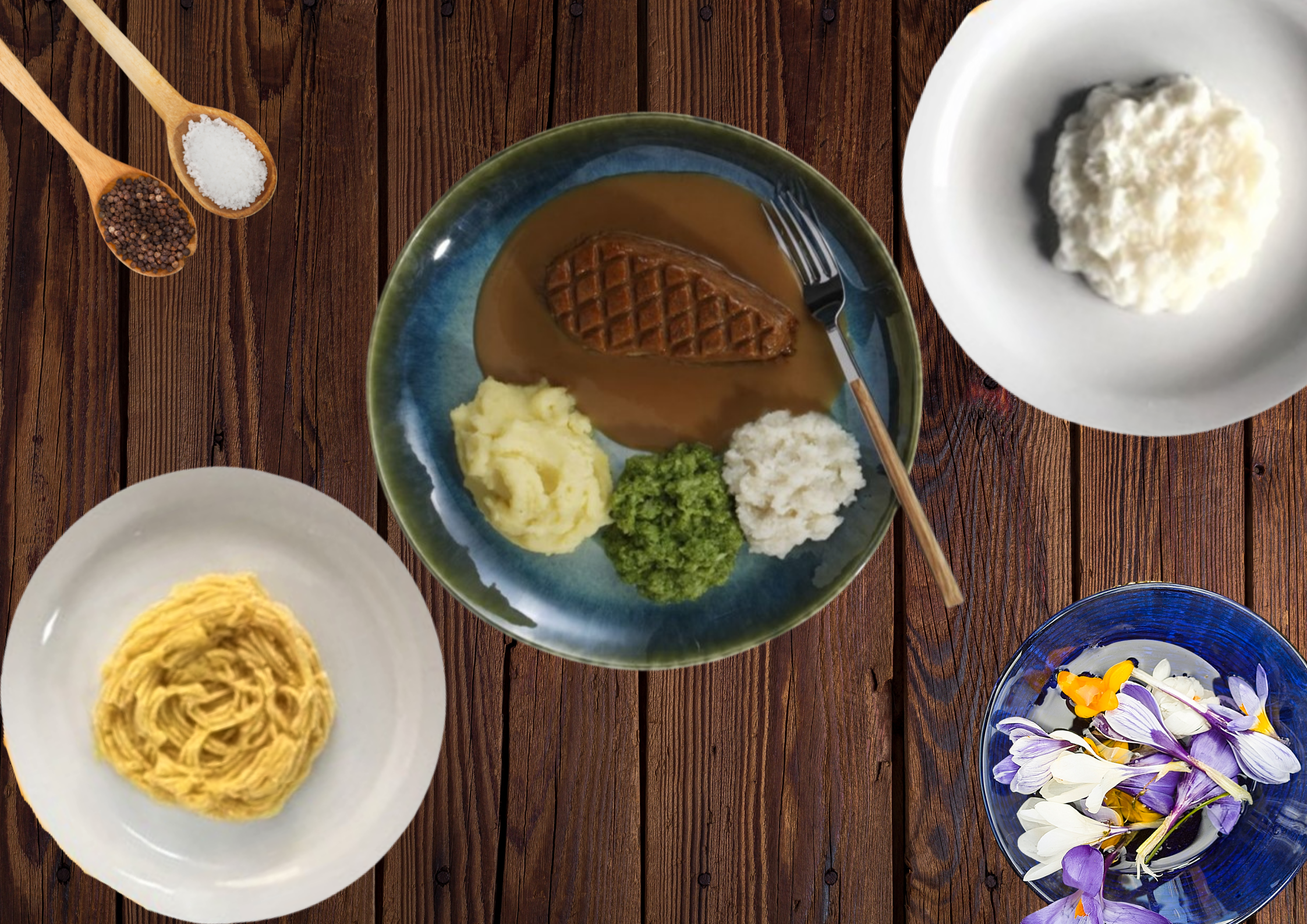How To Prepare Great Looking Rice And Pasta Dishes For Dysphagia Diets
We are very excited to be able to offer you 2 new additions to our already extensive range of silicone food moulds which are designed to help you to significantly improve the presentation of pureed meals for the people you support with dysphagia.
You can now add rice to your curry and pasta to your bolognese to increase the range of dishes and meals you are able to prepare, but given the consistency of these food types, what are the top tips and secrets to making visually appealing rice and pasta dishes?
This is a question we have been asked recently, and we always like to provide helpful and informative answers to customers questions.
Rice and pasta moulds - The key to being able to get good results with these two shapes is selecting the right thickener and the type of product used.
For example, with rice, there is a bit of food chemistry involved and knowing the ratio of two main starches, i.e. amylose and amylopectin.
Here is a little food chemistry to put you to sleep……
Amylose is a long, straight starch molecule that does not gelatinize during cooking. Grains with high amounts of amylose will be fully and separated once cooked. Long grain rice typically has high amounts of amylose (about 22%) and the least amount of amylopectin (ex. long-grain varieties, Basmati and Jasmine).
Amylopectin is a highly branched starch molecule that is responsible for making rice gelatinous and sticky. Rice with a high amount of amylopectin will be very sticky once cooked. Short grain rice typically contains the lowest levels of amylose and the highest of amylopectin (ex., short-grain, Asian-style types of rice).
So, with all that said, it is best to use long-grain rice such as basmati or jasmine.
Click here to view our full range of silicone food moulds including the rice and pasta moulds
The Next Thing To Consider Is Which Thickener Should I Use?
Our manufacturers believe that using an Agar Agar based thickener or potentially gelatine is the way to go to get the best results.
In case you are unaware of Agar Agar thickener, it usually requires you to heat to a certain temperature to activate its gelling properties.
So, here is a basic method for you, of what the manufacturers have done to get the best results:
 Add equal portions of cooked rice (long grain) or pasta and liquid (stock) to the blender N.B. Be sure to rinse and drain uncooked rice well to remove excess starch before cooking.
Add equal portions of cooked rice (long grain) or pasta and liquid (stock) to the blender N.B. Be sure to rinse and drain uncooked rice well to remove excess starch before cooking. - Blend until pureed
- Add Agar Agar thickener and blend again
- Transfer contents to saucepan
- Heat mixture to ~ 90C to 'activate' the thickener
- Transfer mixture to mould cavities and cover
- All to cool in the fridge or otherwise freeze
- Heat moulded meal as per normal routine
NB. If you are supporting people with dysphagia, please always refer to a Speech and Language Therapist for professional advice on suitable meal choices and suitable consistencies to avoid the risk of choking.
Watch the video on how to prepare pureed rice here.
If you would like more ideas of how to achieve greater meal variety for the people you support with dysphagia, you might like this article we previously wrote.
Helping you create more varied meals for people you support living with dysphagia
You can also download your free copy of our dignified dining guide here for more hints and tips on improving meal presentation and managing dysphagia.





